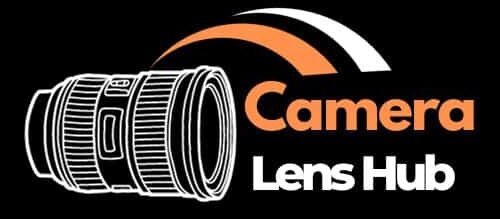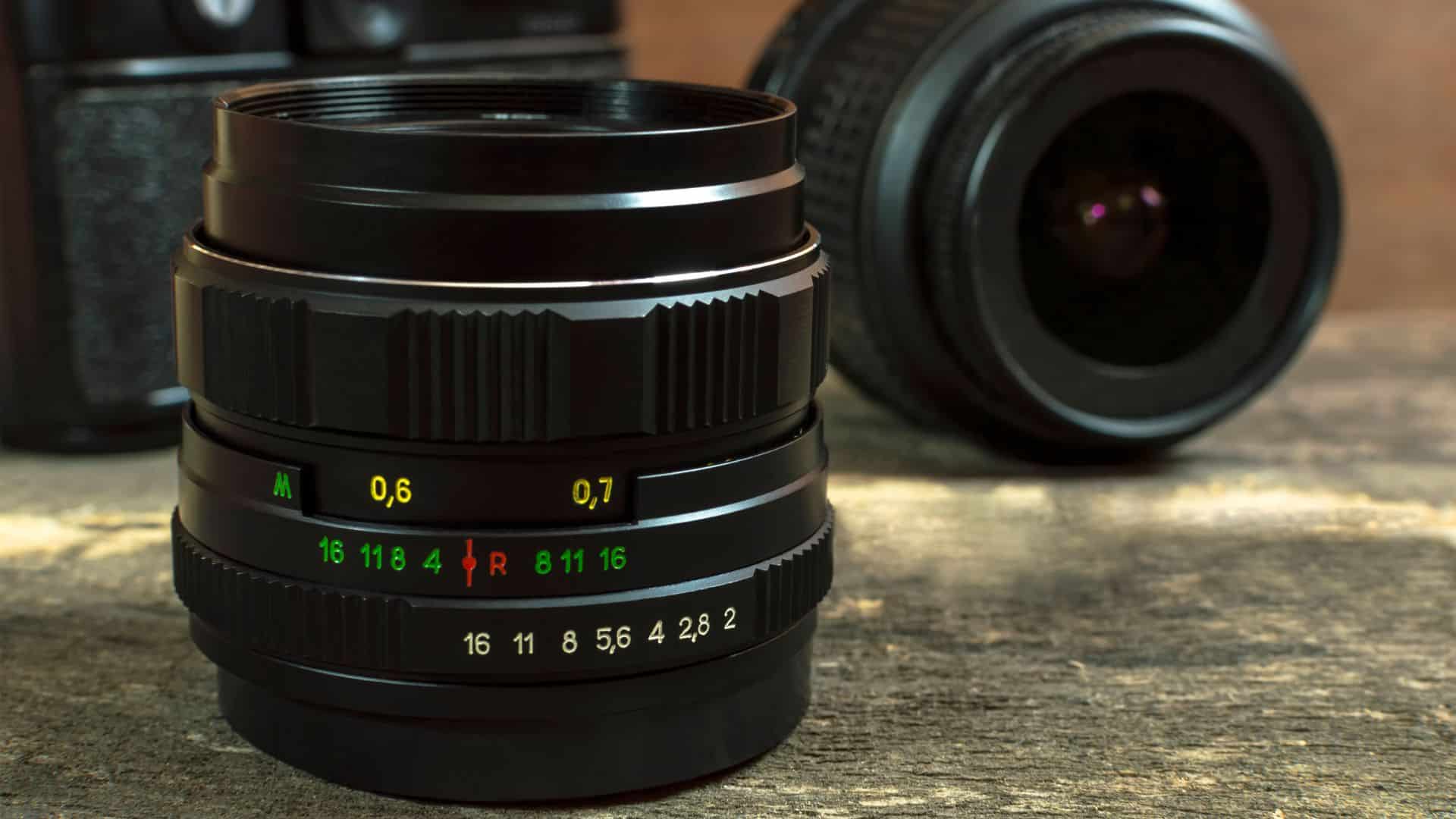In photography, there exists a diverse array of tools and techniques to capture moments, convey emotions, and tell stories. One such tool that often garners curiosity among enthusiasts and professionals alike is the enlarger lens. Originally designed for enlarging photographic prints in darkrooms, these lenses have recently caught the attention of photographers wondering if they can be repurposed for use on cameras. In this exploration, we delve into the feasibility, advantages, and limitations of using enlarger lenses on cameras.
Understanding Enlarger Lenses:
Enlarger lenses are crucial components in darkroom photography, used to project and magnify photographic negatives onto light-sensitive paper. Typically consisting of multiple glass elements, they ensure precise focus, clarity, and even illumination across the print. Enlarger lenses come in various focal lengths and aperture sizes, offering photographers flexibility in controlling image size, sharpness, and depth of field. Their quality profoundly influences the final print’s sharpness, contrast, and overall visual impact, making them indispensable tools for traditional photographic printing processes.
The Appeal of Enlarger Lenses for Photography:
Optical Quality
Enlarger lenses are revered for their exceptional optical performance. With designs optimized for clarity and precision, they offer the potential to deliver stunning image quality when adapted for camera use. Their ability to resolve fine details and maintain edge-to-edge sharpness makes them intriguing alternatives to conventional camera lenses.
Cost-Effectiveness
In photography gear, the cost can be a significant factor for enthusiasts and professionals alike. Enlarger lenses, often overlooked and undervalued in today’s market, can present a budget-friendly option for photographers seeking high-quality optics without breaking the bank.
Creative Experimentation
Photography is an art form driven by experimentation and innovation. Incorporating enlarger lenses into one’s toolkit opens up new avenues for creativity. Their unique optical characteristics, such as bokeh rendition and contrast rendering, can impart a distinct aesthetic to images, enabling photographers to craft visually compelling narratives.
Using Enlarger Lenses for Cameras:
The process of adapting enlarger lenses for camera photography involves mounting the lens onto a camera body using a compatible adapter. Given the vast assortment of enlarger lens designs and camera systems, careful consideration must be given to compatibility and mounting mechanics.
Mount Compatibility
Enlarger lenses typically feature specialized mounts designed for use with enlargers rather than cameras. Adapting these lenses for camera use necessitates the use of adapter rings or custom mounts to achieve compatibility with specific camera systems. It’s imperative to research and procure the appropriate adapters to ensure a secure and stable connection between the lens and camera body.
Focal Length Considerations
Enlarger lenses come in various focal lengths suited for different magnification ratios during the printing process. When repurposing these lenses for camera photography, understanding their focal length and corresponding field of view is crucial for framing and composition. Additionally, the effective aperture of the lens may vary depending on the adapter used, influencing exposure settings and depth of field control.
Manual Focus and Aperture Control
Unlike modern autofocus lenses, enlarger lenses typically feature manual focus and aperture control mechanisms. While this may pose challenges for some photographers accustomed to autofocus functionality, it presents an opportunity for deliberate and precise manual focusing techniques. Moreover, manual aperture control allows for creative manipulation of depth of field, enabling photographers to achieve desired aesthetic effects.
Advantages of Enlarger Lenses on Cameras:
Optical Versatility
Enlarger lenses offer a degree of optical versatility not commonly found in dedicated camera lenses. Their optical designs prioritize resolution and contrast, resulting in images characterized by exceptional clarity and detail rendition. Whether capturing landscapes, portraits, or macro subjects, enlarger lenses can excel in various photographic applications, lending themselves to diverse creative pursuits.
Compact and Lightweight
Compared to many modern camera lenses, enlarger lenses are often compact and lightweight, making them ideal companions for photographers seeking portability and convenience. Their unobtrusive form factor facilitates handheld shooting and allows for greater mobility when exploring different shooting environments. Additionally, their modest size makes them well-suited for use with mirrorless camera systems, further enhancing their appeal to photographers prioritizing compactness and travel-friendliness.
Cost-Efficiency
In an era where photography equipment prices continue to escalate, the cost-efficiency of enlarger lenses cannot be overstated. With a plethora of affordable options available on the secondary market, photographers can acquire high-quality optics without incurring exorbitant expenses. This accessibility democratizes access to superior optical performance, empowering photographers of all backgrounds to elevate their craft without financial barriers.
Comparing to Camera Lenses:
The specifications of enlarger lenses differ significantly from camera lenses in some ways:
1. Focal Length Flexibility: Camera lenses offer zoom or multiple prime focal lengths. Enlarger lenses have a fixed focal length only.
2. Autofocus: Autofocus is not possible with enlarger lenses as they were designed only for manual focus. Autofocus requires electronic contacts and motors.
3. Aperture Range: Wider apertures like f/1.4-f/2.8 are common on fast camera lenses but enlargers have more limited apertures like f/4-f/5.6.
4. Image Stabilization: Vibration reduction/image stabilization is uncommon in enlarger lenses as they are used on a stable enlarger base. Handheld cameras need stabilization.
5. Size and Weight: Enlarger lenses are designed for stationary enlargers and can be heavier/bulkier than compact camera primes.
6. Image Quality: Top-quality enlarger lenses match pro-level camera lenses but consumer enlargers use more basic optics.
7. Light Sensitivity: Camera lenses must perform well in both low-light and brightly lit outdoor scenes which enlarger lenses were not optimized for.
Limitations and Considerations:
Limited Availability
While enlarger lenses offer compelling optical performance and affordability, their availability on the primary market may be limited. As darkroom practices decline in popularity and digital printing becomes ubiquitous, the demand for enlarger lenses diminishes, resulting in a dwindling supply and a narrower selection of available models. Consequently, photographers may need to scour online marketplaces or speciality stores to procure desired enlarger lenses, exercising patience and diligence in their search.
Manual Operation
The manual nature of enlarger lenses, encompassing manual focus and aperture control, may pose challenges for photographers accustomed to the convenience of autofocus and electronic aperture mechanisms. Achieving precise focus and exposure requires practice and proficiency, particularly in fast-paced shooting scenarios where rapid adjustments are necessary. While manual operation fosters a deeper understanding of photographic principles and techniques, it necessitates a willingness to embrace a more deliberate and hands-on approach to photography.
Adaptation Complexity
Adapting enlarger lenses for camera use introduces an element of complexity, requiring careful consideration of mount compatibility, focal length, and adapter selection. Improper adaptation or mismatched components can compromise image quality, stability, and functionality, detracting from the overall shooting experience. Therefore, thorough research and attention to detail are essential when embarking on the journey of integrating enlarger lenses into one’s camera kit.
Overall Evaluation:
In summary, enlarger lenses can potentially be adapted for certain photographic uses on cameras, especially for macro shooting or as an artistic effect. However, their drawbacks like manual focus-only operation, vignetting, and limited apertures must be accepted as limitations of the system. Higher-end enlarger lenses from reputable manufacturers are most likely to perform well compared to using basic rod lenses from consumer darkroom kits. With the right expectations and creative applications, enlarger lenses remain an affordable alternative worth experimenting with for some photography enthusiasts. But they are not necessarily a universal replacement for dedicated camera lenses in all situations either. Careful testing is required to determine what specific enlarger lenses may work best adapted for a camera system. With both benefits and constraints, enlarger lenses offer an interesting option to explore creatively when used appropriately for the technique.
FAQs
Q. Are enlarger lenses suitable for all camera types?
Ans: Enlarger lenses can be adapted to various camera systems, but compatibility depends on the mount and adapter availability.
Q. What adapters are needed to use enlarger lenses on cameras?
Ans: You’ll typically require a lens mount adapter matching your camera’s mount to the enlarger lens thread.
Q. Do enlarger lenses offer unique optical characteristics?
Ans: Yes, enlarger lenses can produce distinct bokeh and image rendering, contributing to creative photography.
Q. How do enlarger lenses compare to standard camera lenses in terms of image quality?
Ans: While not always as sharp, enlarger lenses provide unique aesthetic qualities valued by photographers.
Q. Can autofocus and aperture control be achieved with enlarger lenses on cameras?
Ans: Manual focus and aperture control are usually the norm when using enlarger lenses on cameras.
Q. Where can I find resources for adapting enlarger lenses to my camera?
Ans: Online photography communities and speciality stores often provide information and adapters for using enlarger lenses on cameras.

